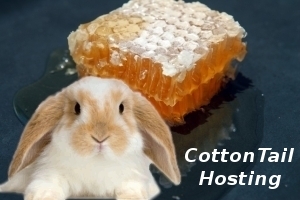Honey is created by bees as a food source. In cold weather or when food sources are scarce, bees use their stored honey as their source of energy. By contriving for bee swarms to nest in artificial hives, people have been able to semi-domesticate the insects, and harvest excess honey. In the hive there are three types of bee: a single female queen bee, a seasonally variable number of male drone bees to fertilize new queens, and some 20,000 to 40,000 female worker bees. The worker bees raise larvae and collect the nectar that will become honey in the hive. Leaving the hive, they collect sugar-rich flower nectar and return. In the process, they release Nasonov pheromones. These pheromones lead other bees to rich nectar sites by “smell”. Honeybees also release Nasonov pheromones at the entrance to the hive, which enables returning bees to return to the proper hive.
In the hive the bees use their “honey stomachs” to ingest and regurgitate the nectar a number of times until it is partially digested. The bees work together as a group with the regurgitation and digestion until the product reaches a desired quality. It is then stored in honeycomb cells. After the final regurgitation, the honeycomb is left unsealed. However, the nectar is still high in both water content and natural yeasts which, unchecked, would cause the sugars in the nectar to ferment. The process continues as bees inside the hive fan their wings, creating a strong draft across the honeycomb which enhances evaporation of much of the water from the nectar. This reduction in water content raises the sugar concentration and prevents fermentation. Ripe honey, as removed from the hive by a beekeeper, has a long shelf life and will not ferment if properly sealed.




